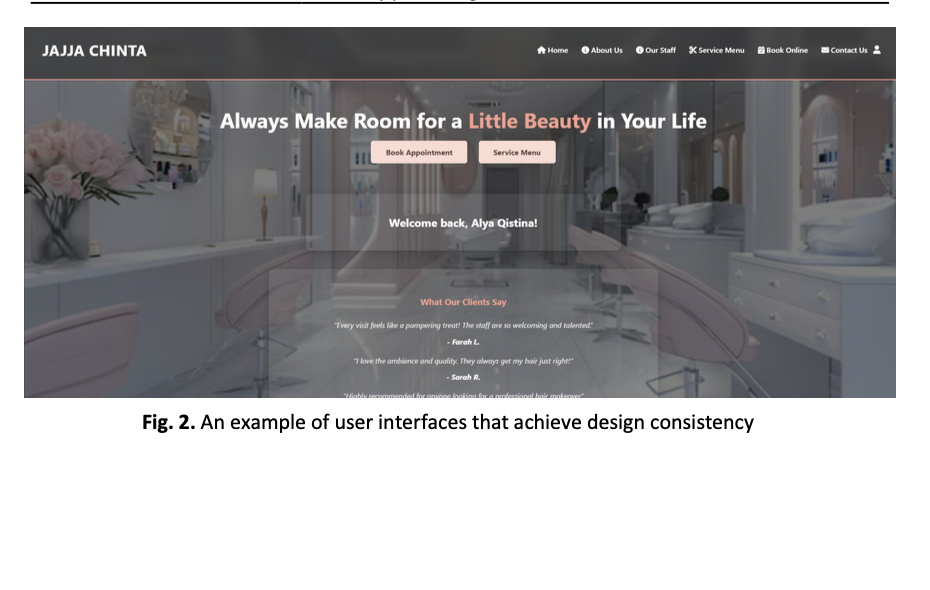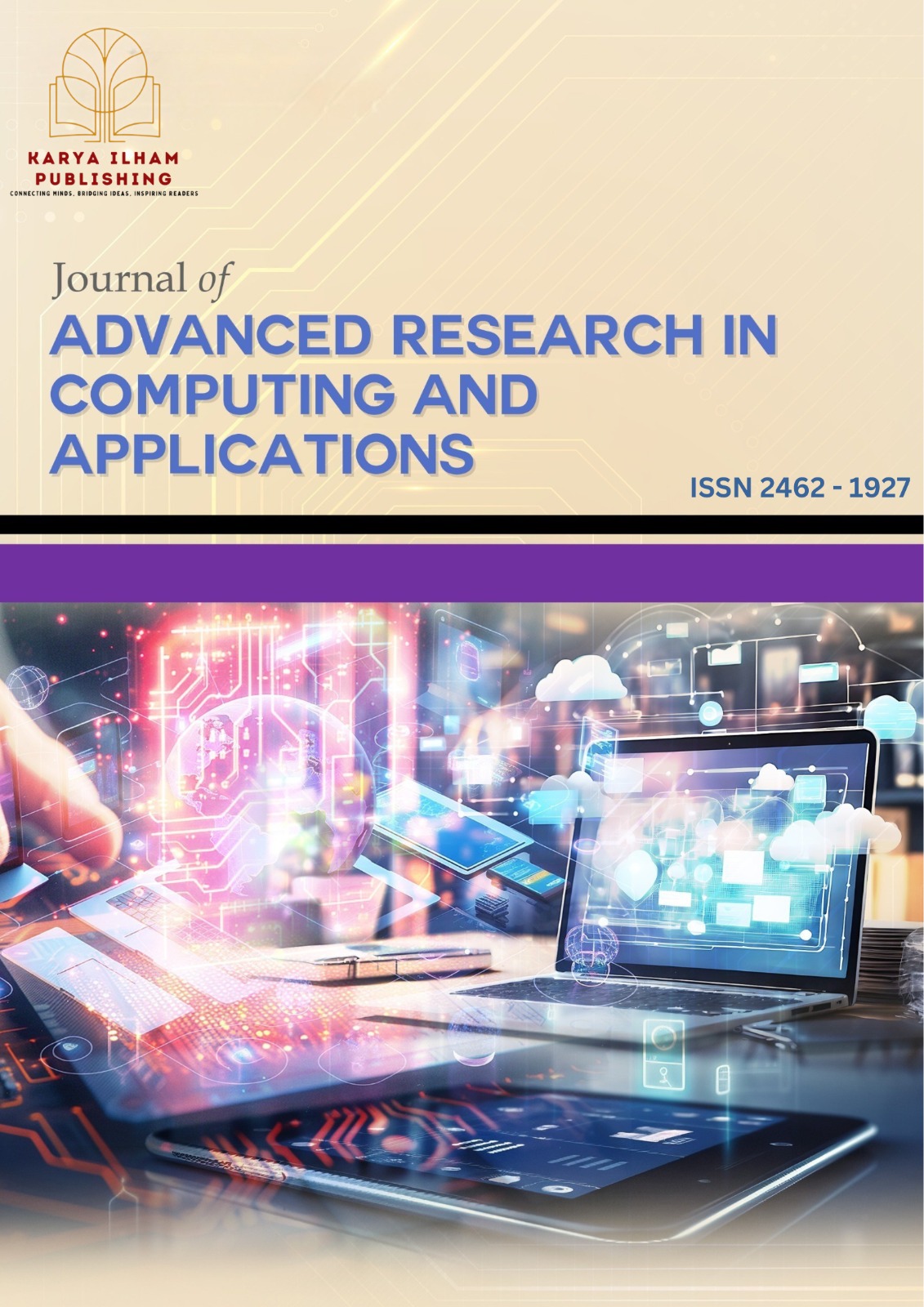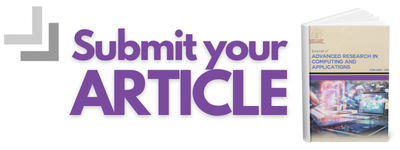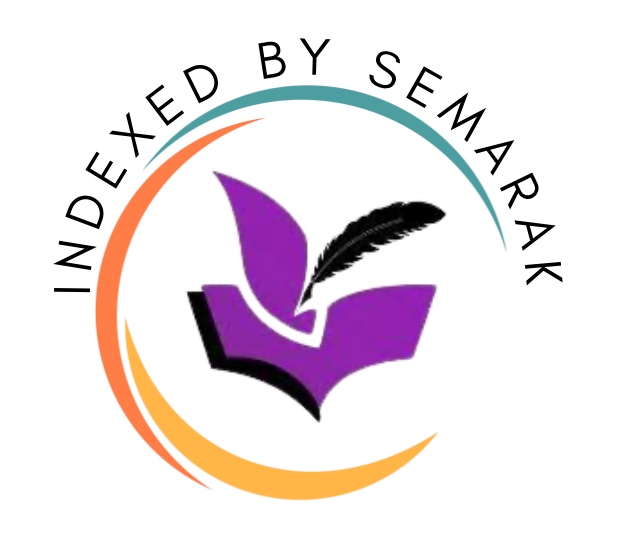User Interface Design for E-Appointment Systems in SME Service Businesses using Shneiderman’s Eight Golden Rules
Keywords:
User interface, small medium enterprise, user interface usability, internet-based applicationAbstract
The advancement of information and communication technology (ICT) has enabled small and medium enterprises (SMEs) to operate more efficiently through internet-based application systems. However, many SMEs still overlook the importance of user interface (UI) design in their digital solutions, resulting in poor usability, inefficient processes, and user dissatisfaction. This study addresses the usability challenges faced by SMEs that do not prioritize UI in their systems, using Jajja Chinta Hair Salon as a case study. The salon is experiencing numerous appointment conflicts and operational disruptions due to its manual booking system, which relies on WhatsApp and phone calls. To resolve these issues, we propose an E-Appointment System developed with a user interface designed using Shneiderman’s Eight Golden Rules. These principles were applied to ensure consistency, universal usability, informative feedback, simple error handling, and support for user control and memory reduction. A functional hierarchy diagram was developed to define user roles and application flow, followed by the application of each rule in designing the interface for different user types (customer, staff, and administrator). The findings show that the implementation of Shneiderman’s rules significantly improves the usability, efficiency, and user satisfaction of the appointment booking system. As a result, the system can reduce booking conflicts, enhance service quality, and strengthen customer engagement. Future work will involve developing a full prototype and conducting usability testing among real users to further validate the effectiveness of this user-centered interface approach.












